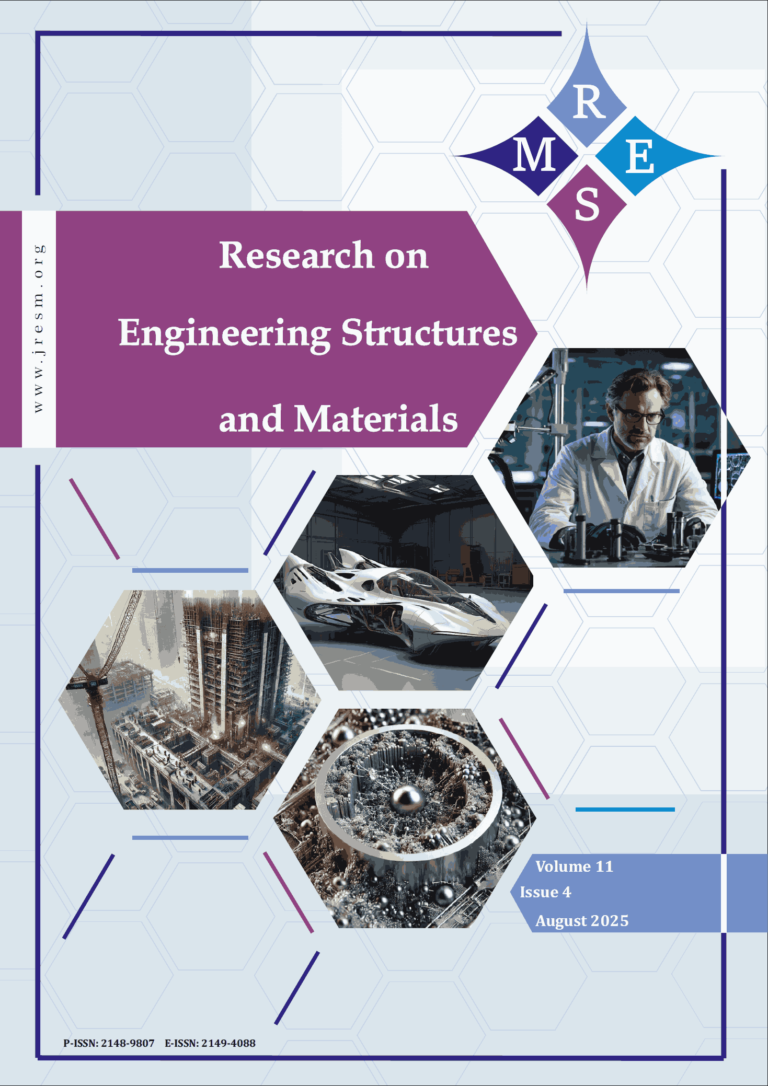The efficacy and longevity of low-volume roads (LVRs) are contingent upon the stabilization of native subgrade soil. This study aims to investigate the viability of using copper slag as a stabilizer when mixed with cementitious materials comprising lime and Ordinary Portland cement (OPC). Varying copper slag concentrations (2-12%) and a set 8% of lime or OPC were applied to expansive soil samples. Laboratory tests including the California bearing ratio (CBR), unconfined compressive strength (UCS), and free swell index (FSI) were used to determine swelling behavior, bearing capacity, and strength enhancement. The in-situ strength was evaluated using the Dynamic Cone Penetration Test (DCPT). The findings indicate that the incorporation of copper slag substantially enhanced the properties of the soil. UCS increased from approximately 53 kPa (untreated) to over 660 kPa for cement-stabilized soil (with 10% slag) and ~619 kPa for lime-stabilized soil. CBR (soaked) nearly doubled from 8% (at 2% slag) to 16% (at 10% slag). The swell potential was significantly diminished, with a reduction of up to 70% in cement–slag mixtures and 65% in lime–slag mixes in terms of FSI. Beyond the ideal copper slag level of about 8–10%, marginal strength increases or slight losses were noted. Cement-stabilized combinations outperformed lime-stabilized mixes in wet-dry durability and strength. Microstructural study (SEM) confirmed the development of a calcium-silicate-hydrate (C-S-H) gel, which improved particle bonding. DCPT penetration (DPI) and CBR (R² = 0.90) were found to have an exponential empirical correlation, which enables the estimation of in-situ strength. This study contributes to the sustainable development of rural road infrastructure by providing a cost-effective and environmentally favorable method for enhancing expansive subgrades through the inclusion of an industrial by-product.
